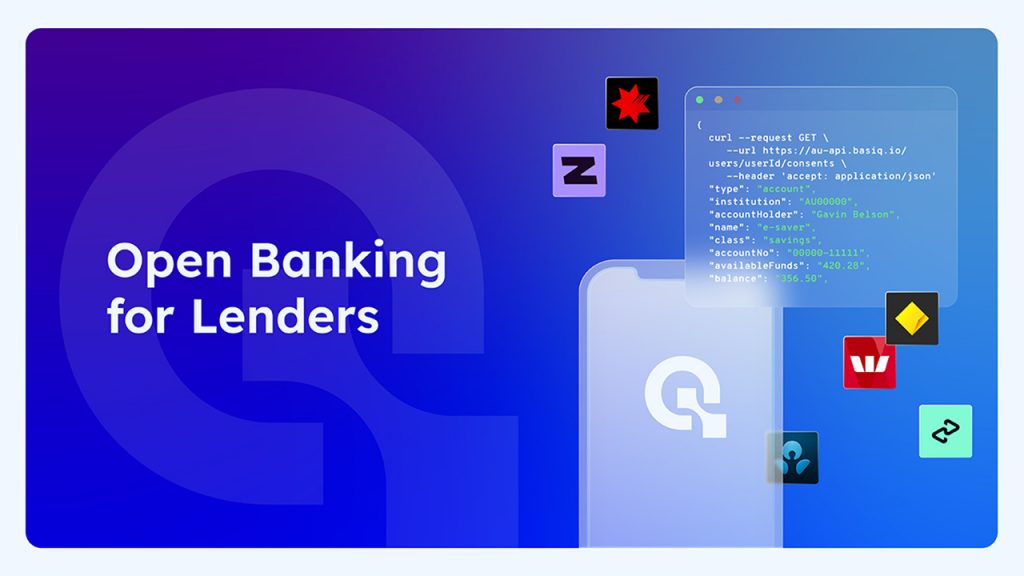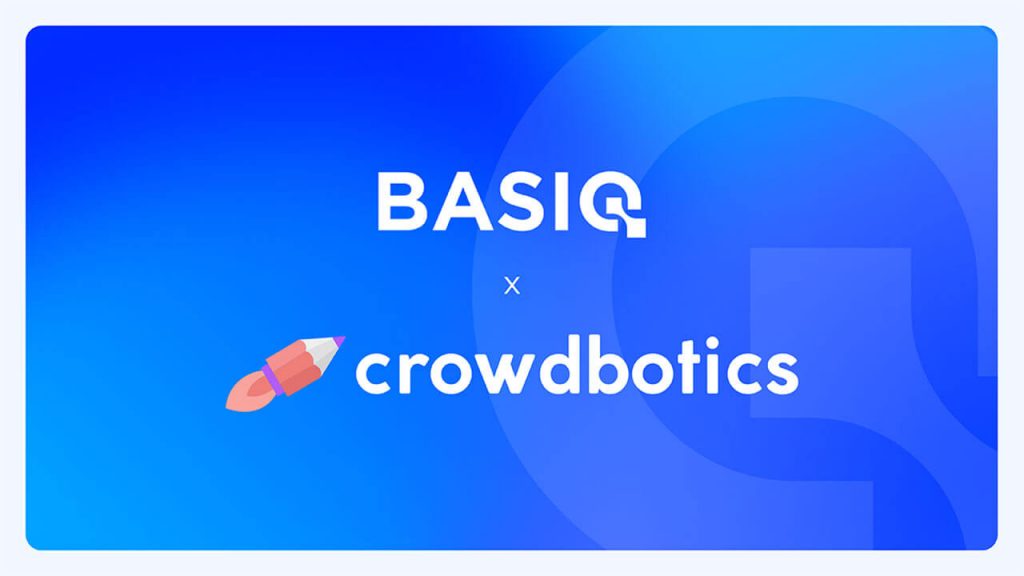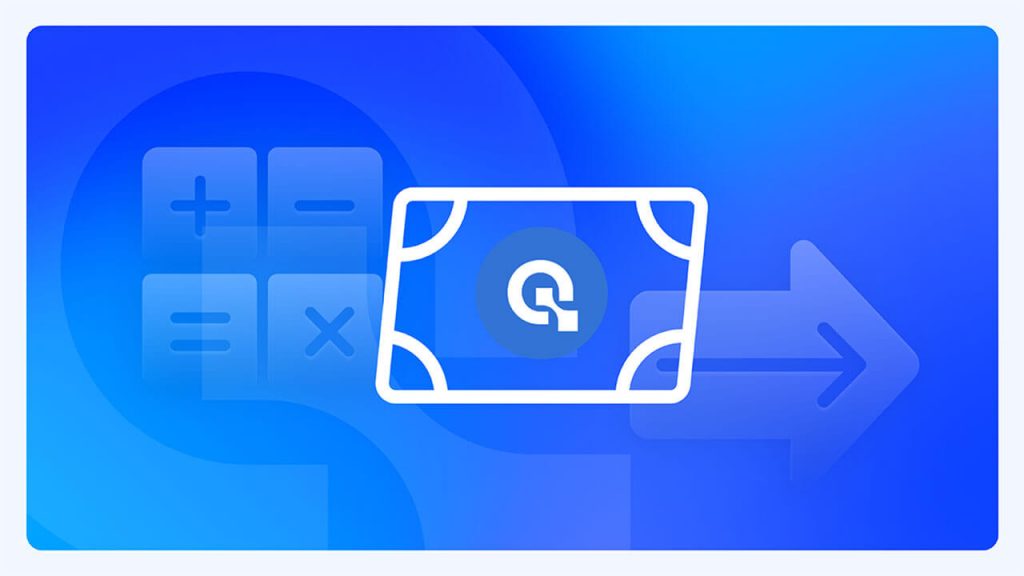Well, a whirlwind few days in Melbourne for Intersekt23. This year I thought I’d put some of my thoughts down on paper to share. Tried to keep it short but there was so much content ?
Scraping v CDR
The CDR sparked significant discussions over the course of two days. There was no mistaking the significance when I saw The Hon. Stephen Jones take the stage – it was evident he was about to announce something. True enough, the unveiling of a discussion paper advocating for the banning of screen scraping lived up to the anticipation. Given his previous discussions on the matter, the release was not unexpected, making it only a question of timing.

This indicates promising progress ahead. The Government views the CDR as a tool with the potential to significantly decrease scams and financial crimes, which currently costs the Australian economy nearly $3 billion a year. His words were very clear… “Screen scraping runs counter to the goals of CDR.” While complexities will arise for organisations currently using scraping, embracing the CDR is the optimal path for consumers seeking a secure and trustworthy method to share their data.
However, expediting adoption entails more than just prohibiting scraping. Given its nature as a “consumer” data right, it’s logical to assume we should have a means to measure the number of consumers who are actively sharing their data via the CDR. Presently, our metrics encompass data holders and their up time, but the absence of information regarding the volume of consumers engaging with the CDR is perplexing. As Peter Drucker says, “if you can’t measure it, you can’t manage it,” so what gives?
Then there are the challenges organisations encounter trying to get accredited, whether they’re going through direct channels or via access models. On one hand, there’s an understanding of the necessity to safeguard consumers, but on the flip side, certain requirements placed on organisations such as “adequate” insurance requirements can often lead to them being excluded from the CDR ecosystem. Finding the right balance is crucial to ensure the ecosystem’s growth and, ultimately, to increase the number of consumers who feel comfortable sharing their data.
“We need more CDR use cases!” Really?
A prevalent theme I heard across numerous sessions, emphasised the need for “more use cases” beyond just Lending, Personal Financial Management (PFMs), and Product comparison. ? Perhaps this sentiment arises from a lack of awareness, but upon closer examination of organisations already using CDR Open Banking, you come to realise that we in fact have a number of use cases!
- Climate change: calculate carbon emissions from bank transactions – Greener
- Wealth management: investment and financial advisory services – Bell Potter Securities
- Micro Investing: calculate round ups on everyday transactions to invest – Blossom App
- Tax: Property investment tax tools – TaxTank
- Property management: tools for property managers – PropertyMe
- Collections: create payment plans to optimise repayments – Panthera Finance
- Charity: round ups on everyday transactions to make a donation – PokitPal
- Recycling: account verification to deposit funds – TOMRA
- Accounting: software for accountants to manage their client’s books – Olivs
Beyond that, the use of CDR data for Lending can be extended beyond the credit application process. This includes using the CDR to understand a customer’s financial position to provide more contextually relevant products, and monitoring for changes in financial position that could indicate financial hardship.

And as Jake Osborne from Lendela said in his “Fireside Chat: CDR and Life Events,” … “while we often think about building new products, CDR can also be used for improving processes.”
Many of the organisations currently using Open Banking do so via the CDR representative model through intermediaries who are Accredited Data Recipients. If you’re looking for use cases, have a look at who these organisations are here.
Consent is a central figure
Scott Farrell from King & Wood Mallesons in his talk on “Fintech Next: People, Value, Trust” elaborated on what he saw as the “why” of CDR. He broke it down into 4 main constructs that included Competition, Innovation, Financial Inclusion and Consumer Protection. In my mind this was a simple and clear way to articulate it. He continued by emphasising that “information” and “money” should be considered the same thing. I guess the saying “time is money” can also be extend to “information is money”. So being able to control your own information and knowing who and how it’s being used should be important to all consumers. Just look at all the social media platforms we use like Facebook, Instagram, and Twitter (errr “X”) – do we know how our data is being used? And how much money is being made off our information?
As you delve deeper, the significance of consent in relation to information becomes increasingly apparent. This point was highlighted during the panel discussion on “The Convergence of Data, Identity, and Payments,” featuring Damir Ćuća (Basiq), Nathan Churchward (Cuscal), Clare Rhodes (Identitii) & Josh Read (IDVerse).

The three fundamental components – Data, Identity and Payments – are integral to any financial services application we engage with. But these are often looked at in silos which is even more pronounced given there are 3 separate regulations/industry initiatives impacting these areas – CDR for Data, NPP for Payments, and TDIF for Identity. Consumer consent serves as a key foundation. Establishing consent as the interconnected layer that links these three areas holds utmost importance.
But what does it mean for the consumer? Different consent processes for different processes in the same app? That’s not an interconnected experience. For example when PayTo proliferates, there will be consumer friction. What’s the experience on an app when (1) I need to verify myself (one consent), (2) I want to share my data via CDR (second consent) and then (3) I want to set up a payment with PayTo (third consent)? Let’s think about the consumer in all of this. Can I just give you consent once?
If as Scott Farrell said, information is money, give me a good digital experience when it comes to managing my information! And when Scott was asked what he would do if he could wave a magic wand on the CDR and do whatever he wanted, his answer was … “Weave digital Identity into the CDR and Payments. That’s the missing pillar.” And we come full circle. Data, Payments and Identity.
Right product, right channel, right time
As a marketing practitioner the concept of a consumer getting the right product, through the right channel and at the right time is the holy grail. I talk about this often in my teaching at Sydney University and I’ve often referred to it as the “golden triangle”. Get it right and you’ve hit the mark. Easier said than done. You could have the best product, but if it’s not available in the right channel and at the right time, it’s meaningless.
The session from Visa’s Matthew Wood on “Emerging Payment Trends in Asia Pacific” highlighted how the lines of finance are blurring. Product alone is no longer enough, it’s about distribution. Embedding finance in customer journeys is critical for success. When it comes to e-commerce, social media has played a big role in driving take up – think influencers, think embedded stores within social media platforms. The next phase? “Commerce will have its ChatGPT moment”!

The panel on “How Open Data is Shaping the Future of Personal Finance” talked about a similar theme with respect to context. Jason Leong (PocketSmith), Simone Jemmett (Experian), Dan Jovevski (WeMoney) & Adam Gulden (Moneythor) talked about the importance of contextual relevance when it comes to personal finance. If you’re going to make a decision about your personal finances, it has to be contextually relevant – right time, right place, right moment. That’s the “value exchange”. If you get this right it will lead to better engagement and uptake. That to me is the “golden triangle”.
A few other things I found interesting
AI & Data Hacks
AI. Still mind boggling what is possible. In the session on “Data Hacks to Banking Collapses: What Have We Learnt in the Last 12 Months,” Alisdair Faulkner from Darwinium said that “any digital signal a human creates can be accessed and replicated by AI. Voice. Keystrokes. Visual. This is scary! ?Dan Draper from CipherStash ended the panel with “Shit happens. Don’t think it won’t happen to you!” ?
Ethics
Judo Bank’s Joseph Healy in the session on “Ethics in Fintech” talked about the need to be a values driven organisation. Numerous fintechs set out their their journey with a purpose and set of values in mind, but as they grow, the challenge becomes hiring the right people and consistently viewing decisions through the lens of these values. This becomes even more critical when business choices could potentially impact those very values. From my perspective having the right leaders who share the same values play a critical role in maintaining accountability and staying steadfast amidst external influences.

DIY or Partner?
In the session with James Read from Send Payments on “How can Fintechs unlock success? Innovate of Integrate” he talked about the challenge of whether you should build or partner? This can be tied what your exit strategy is. If you’re aiming for a trade sale then maybe innovating and owning your own stack is more important. But if you’re aiming for an IPO then maybe partnering and acquiring customers rapidly is the focus. In that same session Imelda Newton from Tic:Toc looked at it from a different lens. You also have to consider internal development teams wanting to build things themselves but P&L owners wanting to derisk delivery and potentially wanting to involve 3rd parties to some degree. Getting that balance right can be challenging.
Digital Identity
Lastly, a notable facet of digital identity that caught my attention was the discussion panel titled “Digital Identity: Defining Excellence and the Path Forward.” During this panel, Jason-Urranndulla Davis from Hold Access delved into scenarios where individuals face a significant challenge due to a “lack of identity” resulting from insufficient documentation. This particularly impacts First Nations people and those with limited documentation, posing substantial barriers to accessing essential services. Thus, the question arises: How can we ensure that promoting inclusivity remains a central focus when implementing any changes to the 100-point identity verification system which is currently outdated and not fit for purpose?
The After party
And #Intersekt23 wouldn’t be complete without Basiq’s After Party. Thanks to everyone who attended. It’s always great to have the opportunity to bring people together. Here’s the photo gallery ? from the night Click here
And a final word to Rehan Mark D’Almeida and the team at FinTech Australia. Another great job to you and team ?
Article Sources
Basiq mandates its writers to leverage primary sources such as internal data, industry research, white papers, and government data for their content. They also consult with industry professionals for added insights. Rigorous research, review, and fact-checking processes are employed to uphold accuracy and ethical standards, while valuing reader engagement and adopting inclusive language. Continuous updates are made to reflect current financial technology trends. You can delve into the principles we adhere to for ensuring reliable, actionable content in our editorial policy.




